Naver
Naver is a search engine that was launched in 1999 and has grown into becoming South Korea’s main search engine with approximately 40 million active users. When Naver was first launched, its main goal as a platform was to be the quickest search engines available in order to be the most used search portal in South Korea. Although this goal was quickly reached, Naver’s subsidiary platforms and community feel among Koreans is what made its popularity soar. Since the early 2000’s Naver has also launched many subsidiary services that were designed to be used in everyday life, while being hyper focused on users needs. Nowadays in Korea, Naver processes approximately 75% of all web searches made in the country and more than 25 million Koreans have Naver as their default search engine.
Google is currently the most used search engine in the world, with Google being used to search 3.5 billion times a day. Google is an American based company that was first launched in 1998, a similar launch date to Naver. However, Google has consistently maintained being in the top ten most used websites on the internet since its creation.
Much like Naver, Google has also launched a wide variety of subsidiary companies to expand user experience with the platform. In addition to platforms, Google has even expanded into creating their own electronic products much as their mobile phone range ‘Google Pixels’ and their wireless device in ‘Google home’. Google has been able to uniquely break into offline industries to spread their influence, which is not an easy thing for a search engine website to do.
Yet despite Google’s main competitor being considered Apple, in the South Korean market Naver is still able to maintain the top spot for popularity among Korean users. In this blog post we will explore how these two corporations compare and differ from each other.
Search Methods and Search Speeds
Both Naver and Google adopt similar methods when it comes to advertising their platform services, but their searching methods do differ from each other. Naver heavily relies on having a fast result speed while Google likes to prioritize variety in terms of search results, with users needing to click ‘I’m feeling lucky’ in order to get direct results quickly.
By using Google’s search engine, users are provided with a ‘preview result’ panel based on their search-with tabs needing to be clicked on to narrow the search window. Google has previously had controversy over their internet search formatting which officially came to light in 2020; with many companies realizing during covid-19 that their websites were not getting the traction and thus revenue that they were anticipating, despite being the top search result on Google. This was due to Google’s new formatting system showing previews of cherry-picked information from articles without the users needing to click on a specific search result and entering the web address. This meant that companies’ website information could be easily accessed without the page being visited; a choice which would not prioritize independent content.

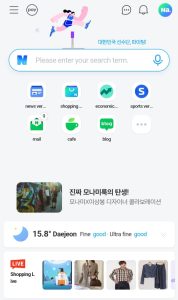
Naver vs Google in Korea
Unique Platforms to Naver and Google
Naver
Despite Naver owning only round 30 unique products and services, all of these platforms are regularly used in daily life in South Korea. Below is just a couple of examples of some unique features available through the Naver home page:
Naver Real Estate: This platform is comparable to any independent real estate website but is a property offshoot website off of the Naver homepage. ‘Naver Real Estate’ provides users with a clear yet detailed analysis of housing options in Korea.
Naver Blogs: ‘Naver blogs’ is one of the most popular of all their subsidiaries. The platform is consistently used by netizens for making free content, reviews and articles on different locations and brands within Korea. This platform best represents the domestic community feel Naver is aiming for and has mainstream popularity for its quality content and use.
Junior Naver: ‘Junior Naver’, also known as ‘Juniver’ is a search portal platform for children and teenagers. ‘Junior Naver’ offers services designed for a younger user base; with content centered around education, quizzes, Q&A, and a homework helper. ‘Junior Naver’ prides itself on its non AI based protection system; ensuring that harmful content is filtered out. Ever since its competitors ‘Daum Kids’ and ‘Yahoo Kids’ are no longer in operation, ‘Junior Naver’ is the only search engine designed for children that is still operating in Korea.
As of 2023, Google owns over 200 products, services and companies. Below is just examples of the most used platforms outside of the search engine web page:
Google Ads: Google has a simple advertising formatting platform simply called ‘Google Ads.’ On this platform, users can easily build and tailor their branded content and select the advertising model to best suit their needs. This platform has surrounded itself in simplicity, encouraging users to easily build sponsored content that, following Google’s ‘pay per click’ model, benefits Google. Google charges for this service on a schedule basis but provides target audiences clearly to its users by using combined data and Google’s algorithm.
Google Drive: ‘Google Drive’ was launched by the company back in 2012, and is designed to store files and access them from anywhere via an internet connection. In the new global era, this platform concept excels as users can share and collaborate media such as documents, photos and videos in real-time.
YouTube: An exclusively video content-based platform that was first introduced in 2005 before being bought by Google in 2006. ‘YouTube’ rapidly expanded since its creation and is now an industry giant in content creation that supports a range of content globally. Much like Google’s other platforms, ‘YouTube’s’ focus is on being accessible and simple by its users to create visual content.
Although Naver is always going to be at the forefront of South Korea’s search engine preferences, the usage of Google’s products is steadily increasing. While Google’s products and services are designed to be used for a global market, Naver has focused their services on domestic demographics, resulting in an overall community feeling user experience. The advantage of Google’s global usage is that they are able to create services that connect people from all over the world in a way that is designed to be accessible to everyone. Naver’s approach of serving a Korean based market might appear limiting to their expansion but among Korean users they are able to provide a service which is best suited to the requirements of life in South Korea. Ultimately, both of the marketing approaches of these two search engines have their benefits and their different uses in the modern world. We hope that from the information provided in this article that you will have a greater understanding of how Google and Naver are used in South Korea.
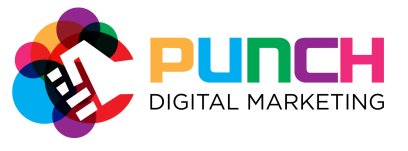



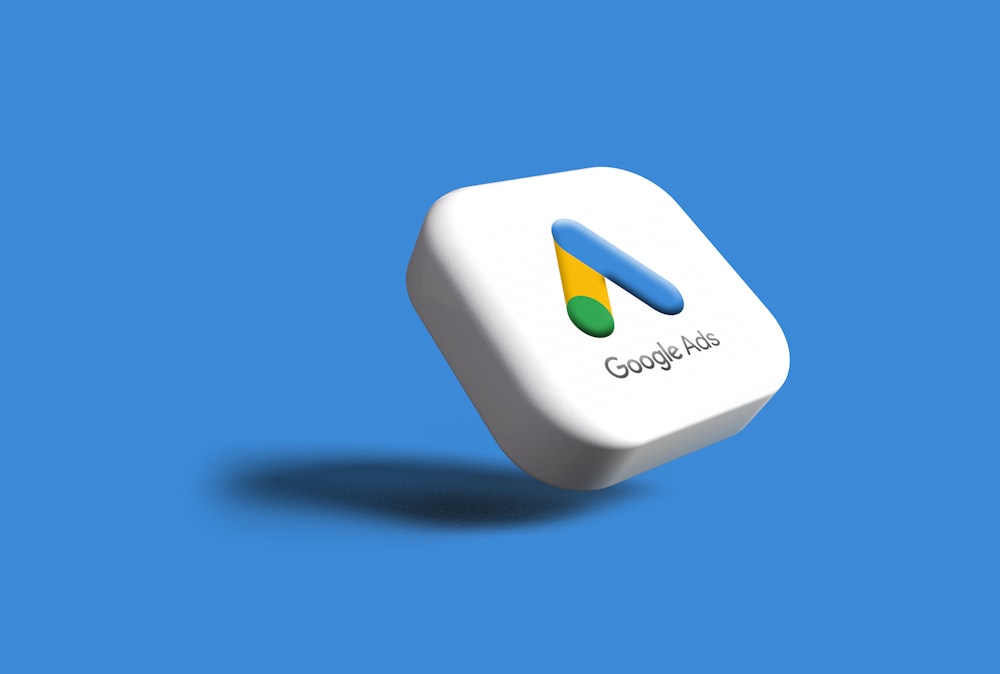

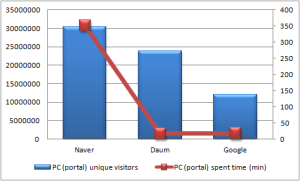
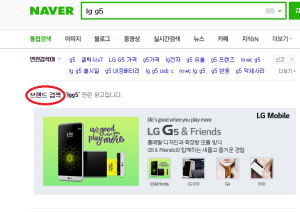
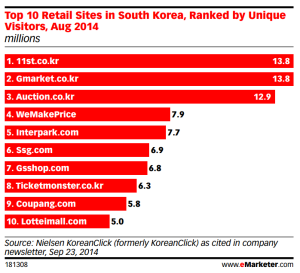

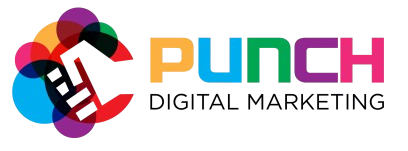
4 Responses
Great insights on the differences between Naver and Google! It’s fascinating to see how user behavior varies across platforms, and I appreciate the breakdown of each platform’s strengths. This will definitely help businesses strategize their digital marketing efforts more effectively. Thanks for sharing!
Great insights on the differences between Naver and Google! I found it really interesting how Naver’s local focus offers unique advantages for marketers in South Korea. It’s fascinating to see how search engine preferences can vary so much by region. Thanks for sharing!
Great insights on the differences between Naver and Google! I found the comparison of their algorithms particularly interesting. It’s fascinating to see how regional preferences shape search engines differently. Thanks for breaking it down!